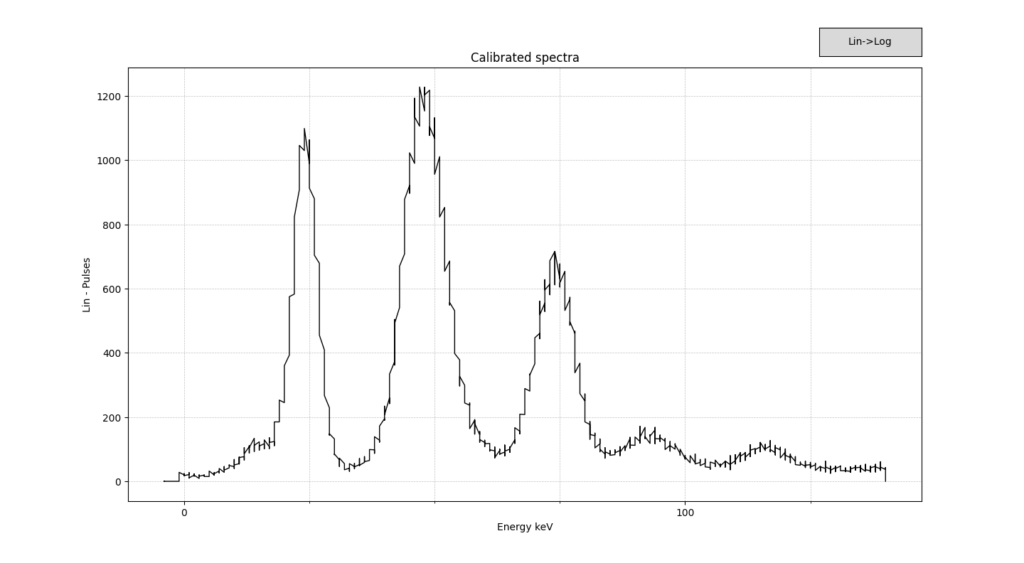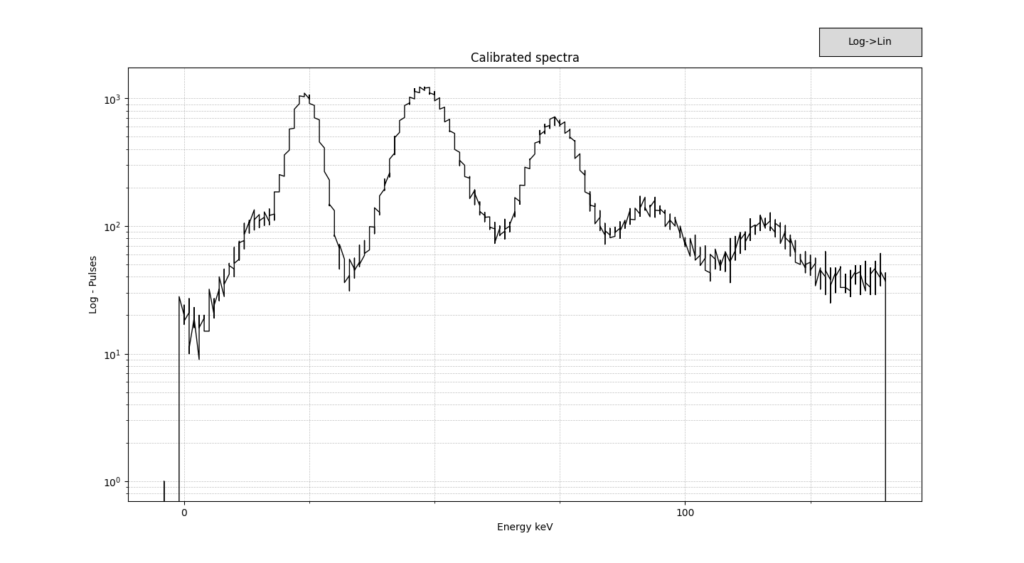Terbium-161
Terbium-161 (Tb-161) is an intriguing isotope with significant potential in various scientific and industrial fields.
What is Terbium-161?
Terbium-161 is a radioactive isotope of terbium with a half-life of about 6.89 days. It decays via beta decay to stable dysprosium-161 (Dy-161), emitting gamma radiation in the process. The primary gamma photons produced include energies around 48 keV, making Tb-161 a valuable source of gamma rays for specific applications.
How is Terbium-161 Produced?
Tb-161 is not found naturally and is typically produced through neutron irradiation of gadolinium-160 (Gd-160) in a nuclear reactor. The production process involves:
- Neutron Irradiation: Gd-160 + n → Tb-161 + γ
- Separation and Purification: After irradiation, Tb-161 is chemically separated and purified from other by-products for use in various applications.
Industrial Applications of Terbium-161
Tb-161 has several critical industrial applications due to its gamma radiation and relatively short half-life:
- Medical Radiotherapy: Tb-161 is being researched for use in targeted radiotherapy, particularly in treatments for certain cancers. Its beta emission and gamma rays make it suitable for delivering localized radiation doses.
- Research and Development: Tb-161 is used in scientific research to study various processes involving radioactive decay and gamma emission.
Terbium-161 in Gamma Spectroscopy
Gamma spectroscopy involves analyzing the energy and intensity of gamma rays emitted by radioactive substances. Tb-161 serves as a reliable source for gamma spectroscopy due to its distinct gamma emission at 48 keV.
In my recent experiment, I received 250 Bq of Tb-161 from an unknown source at the University of unknownland on July 11, and it arrived on July 24. I conducted a gamma spectrum analysis using my Multi-Channel Analyzer (MCA). By focusing on the peak at 48 keV, I measured 37,453 counts in 3,402 seconds, resulting in 11 Bq in the Region of Interest (ROI). Since this peak represents 17% of the total gamma emission, the total activity was calculated as 17%/11 Bq≈64 Bq.
The theoretical activity of Tb-161 on July 24, calculated based on its half-life, is approximately 67.57 Bq, showing that my experimental results are consistent with expected decay.

